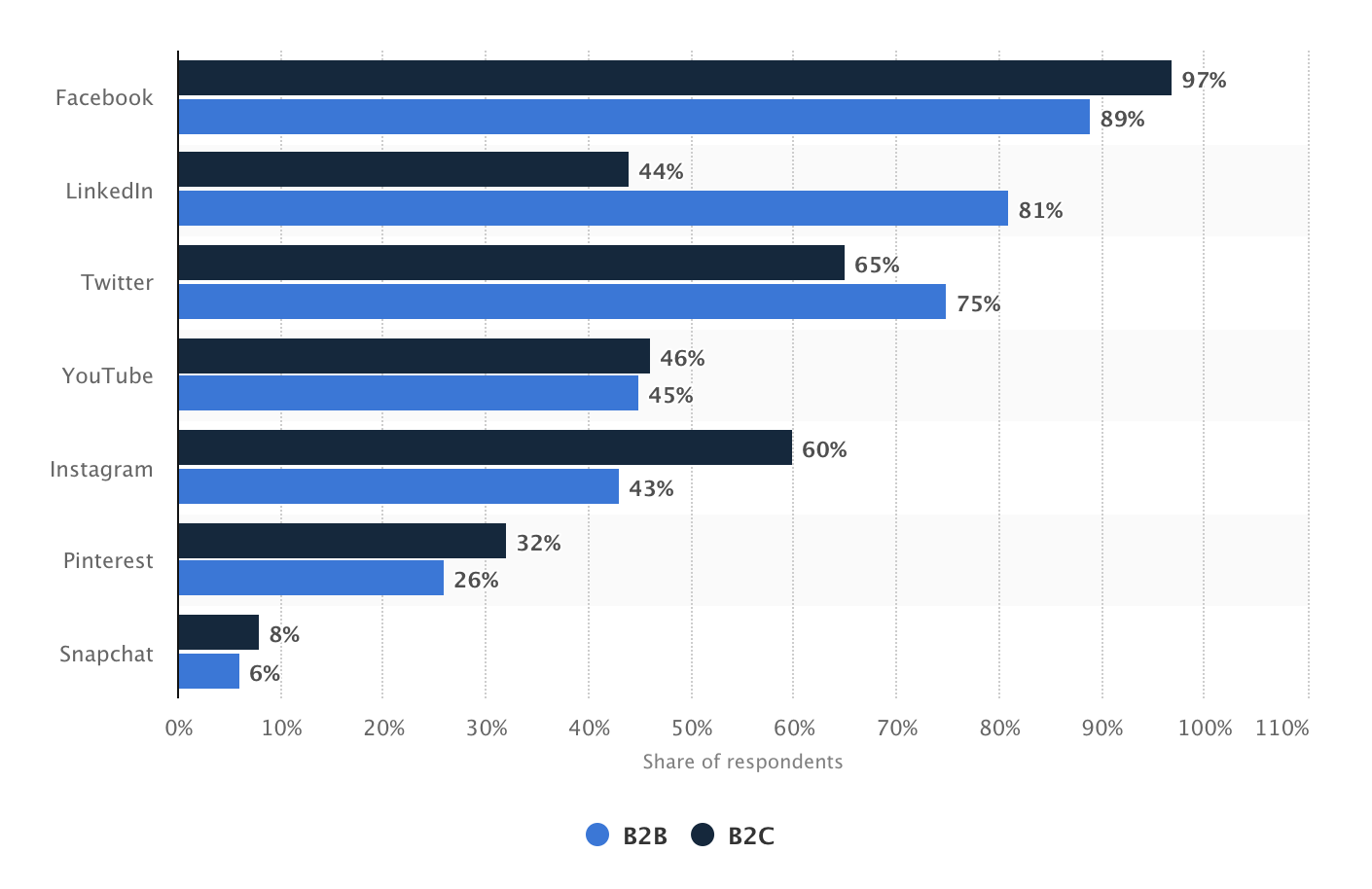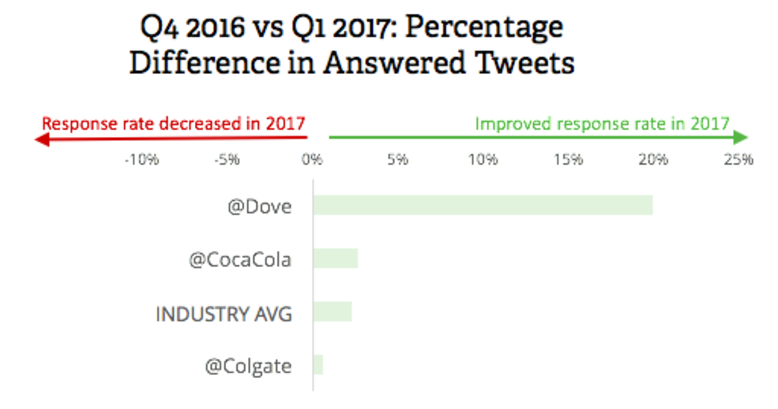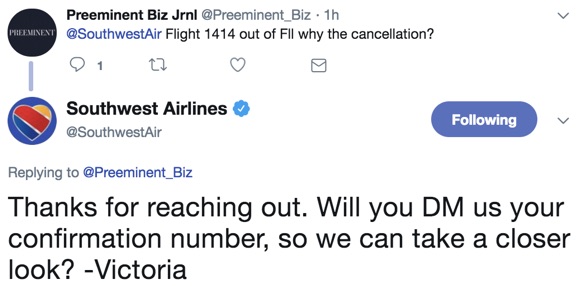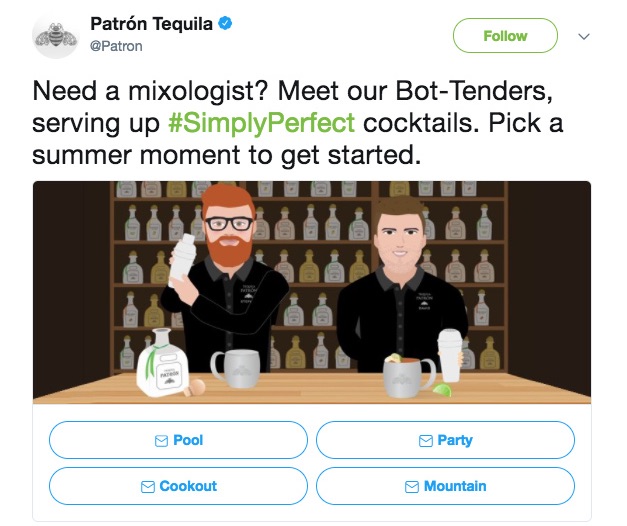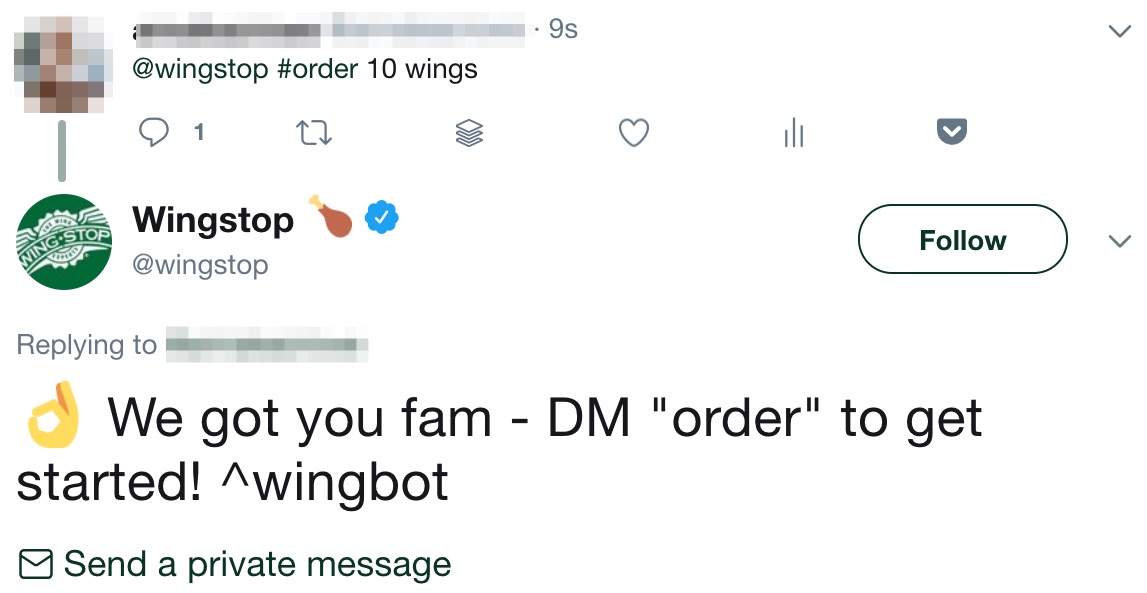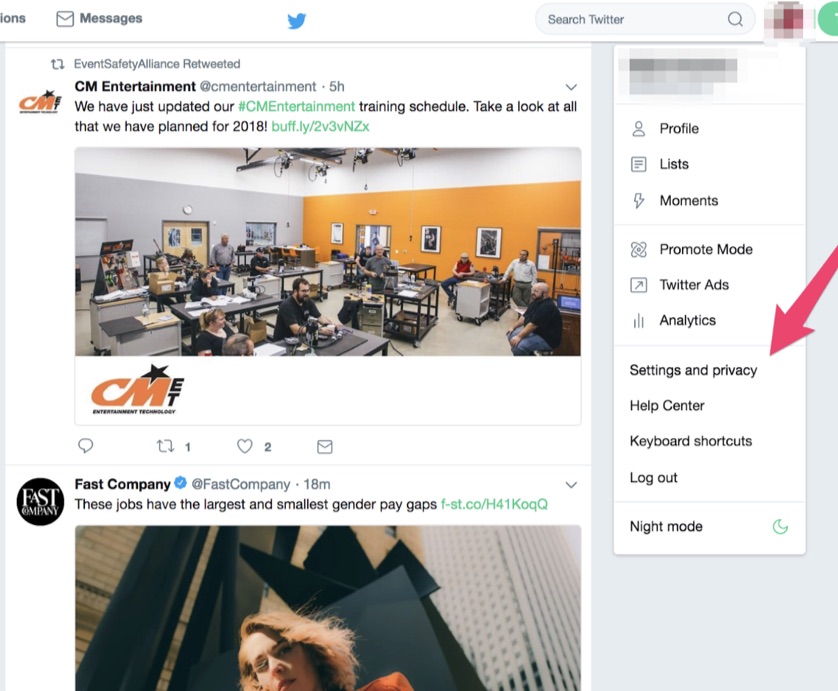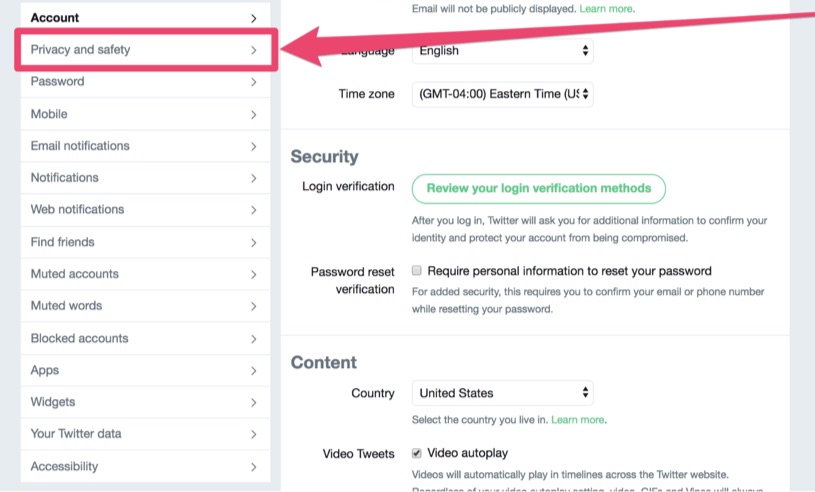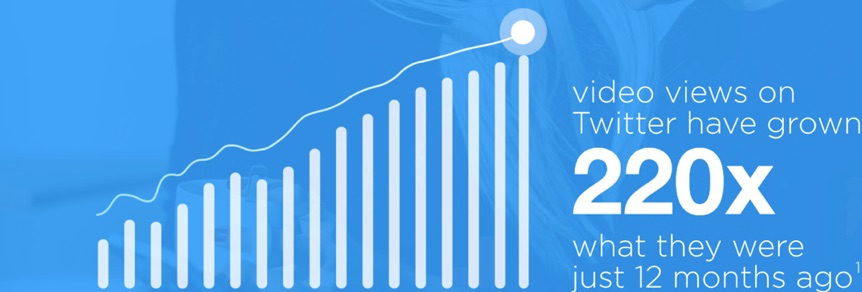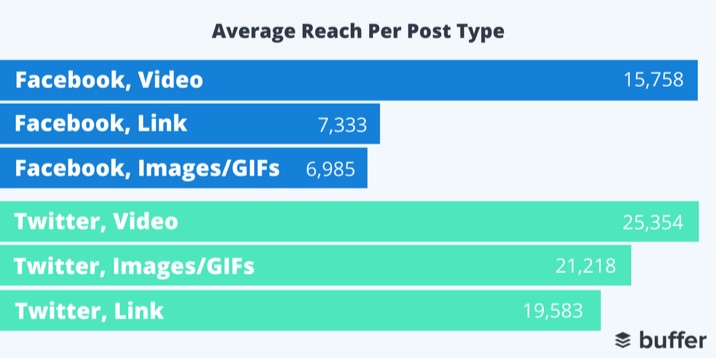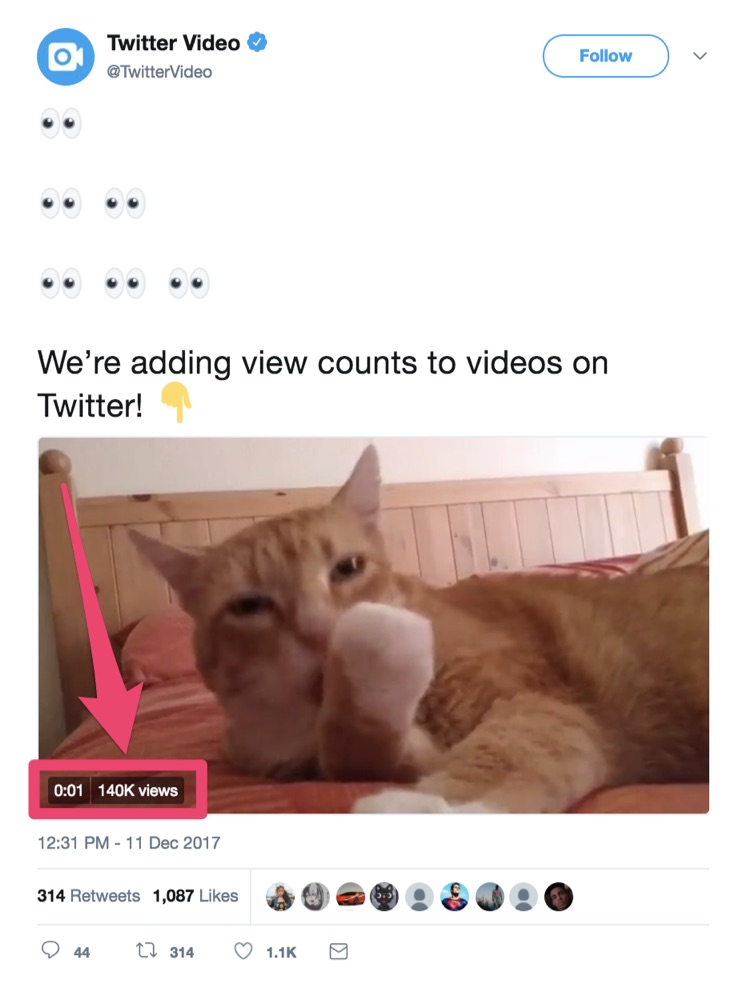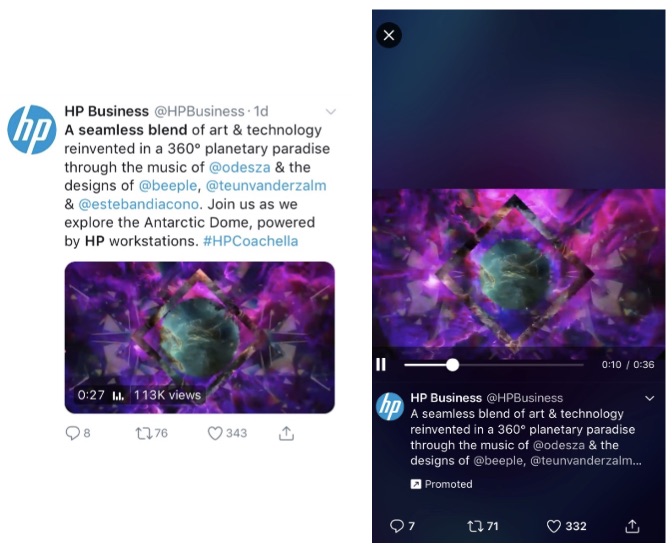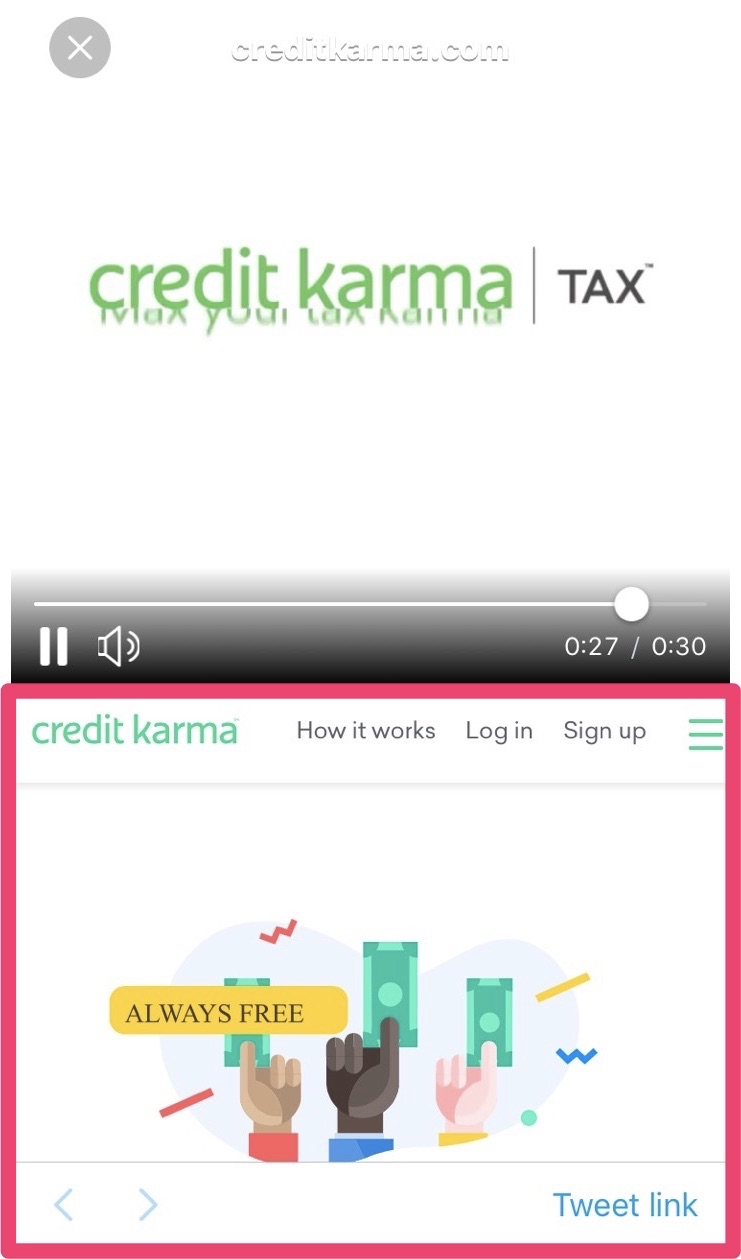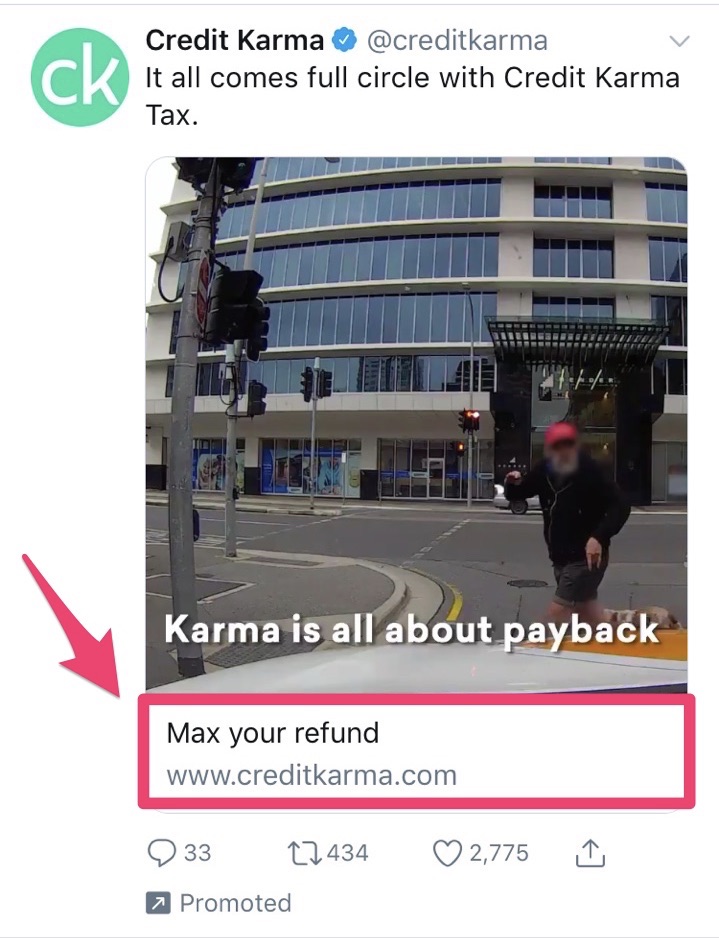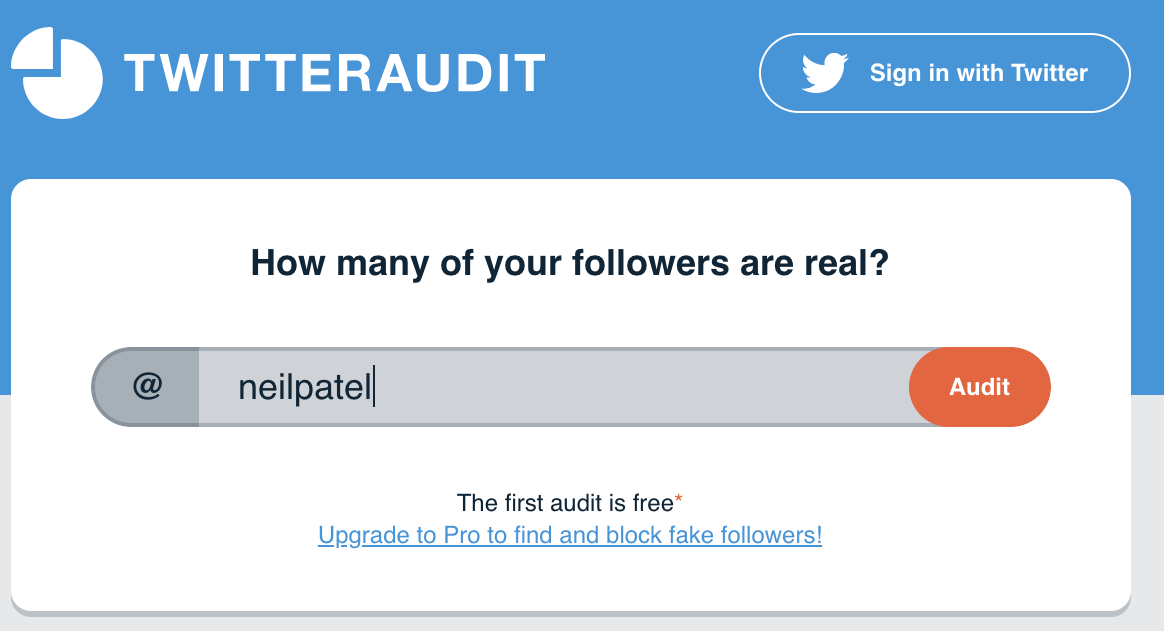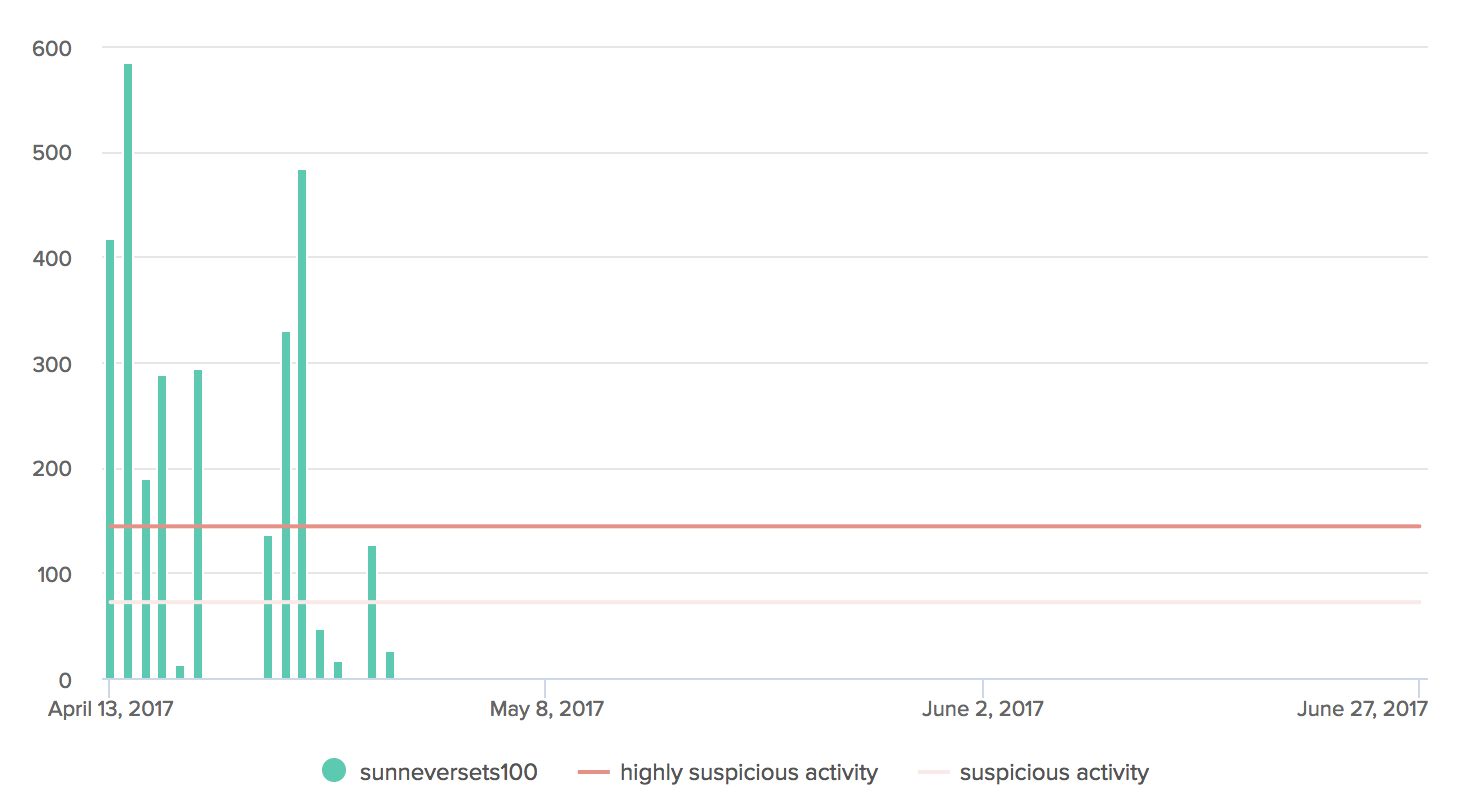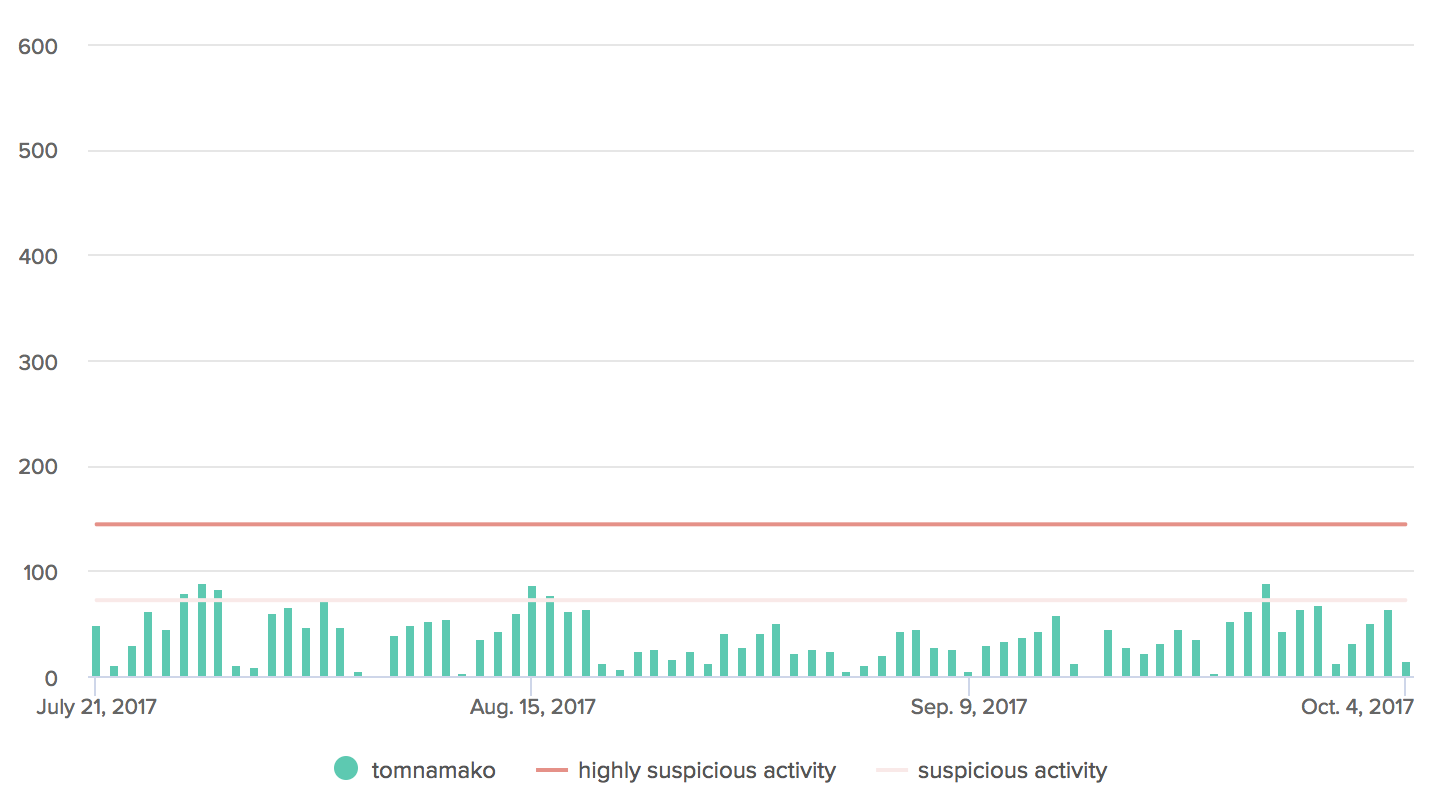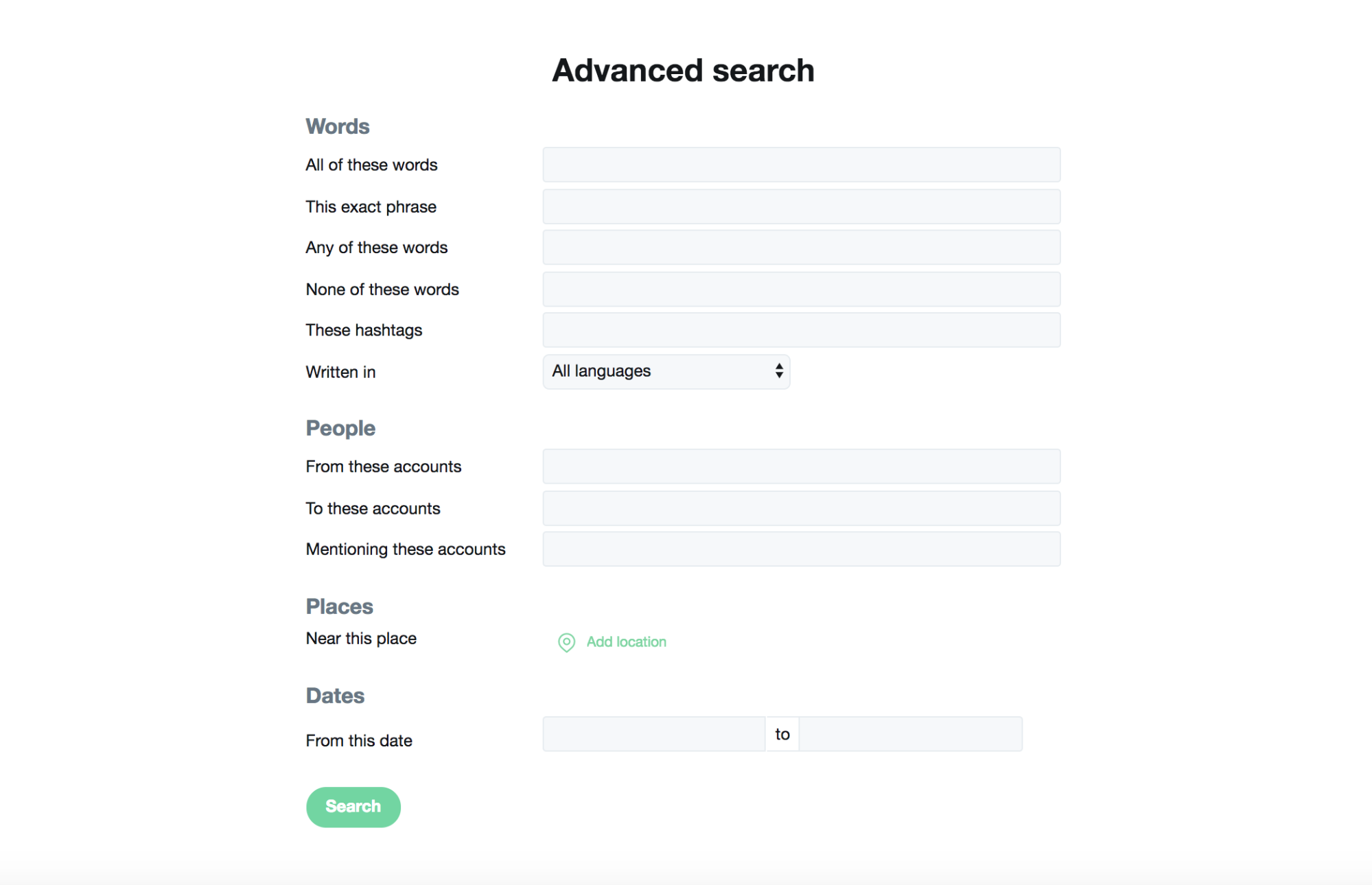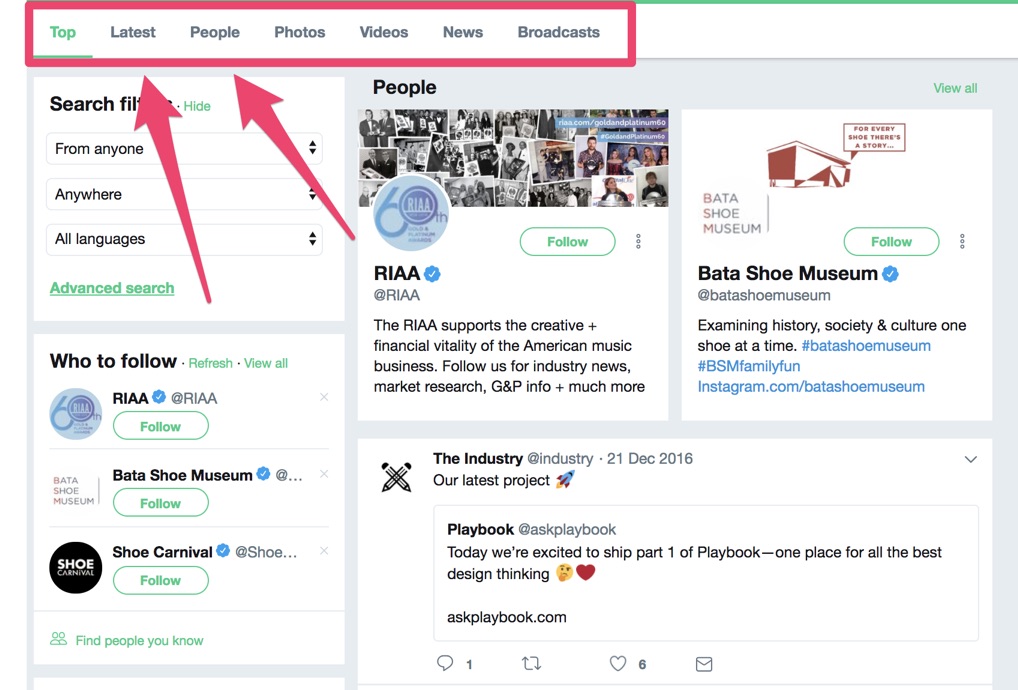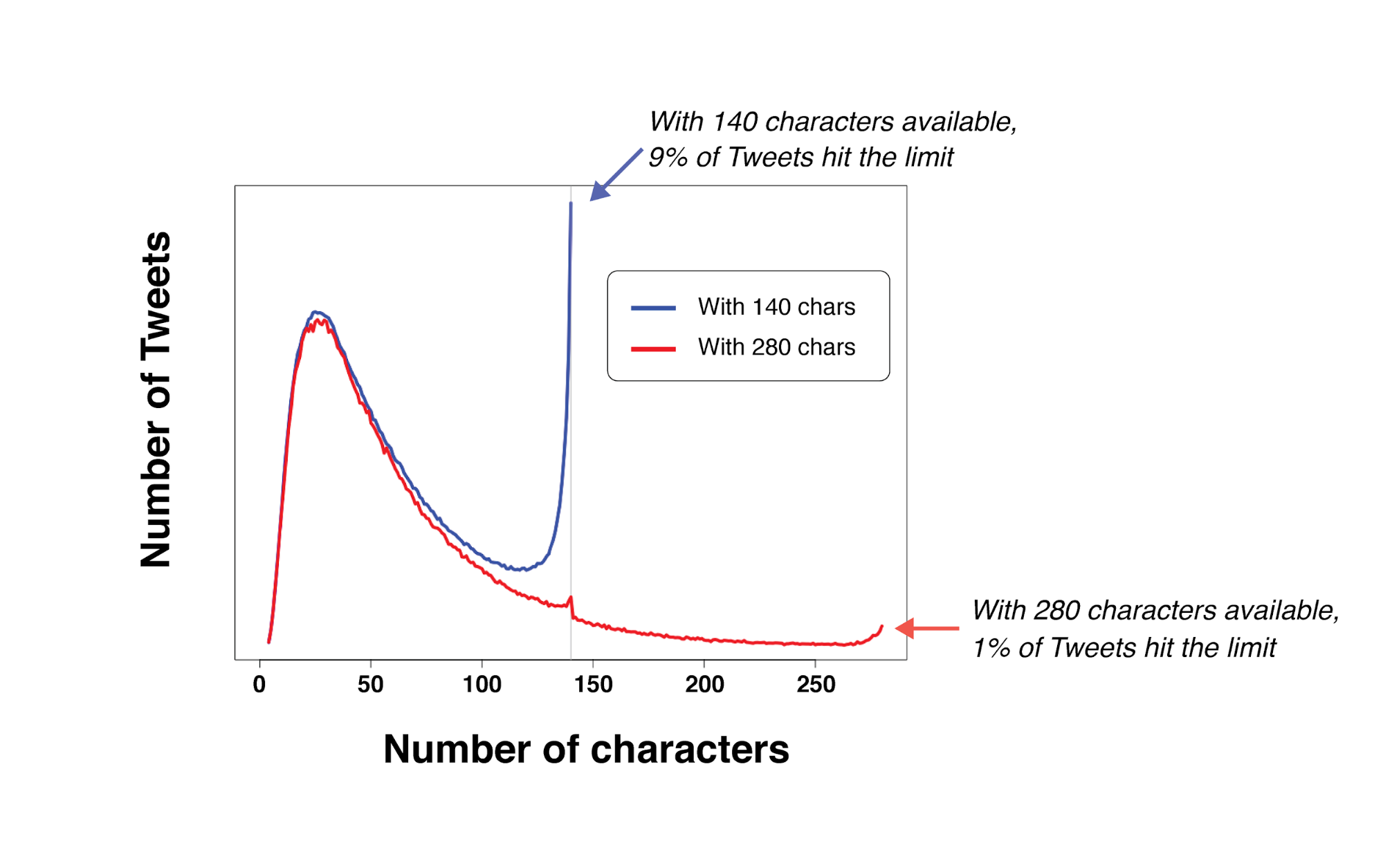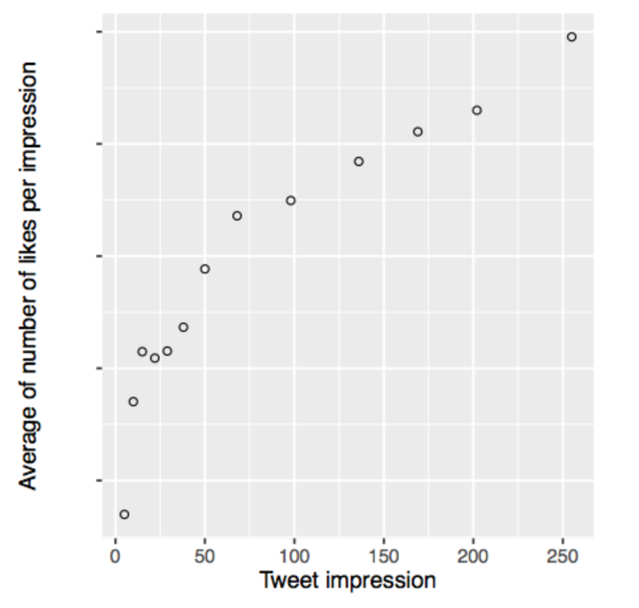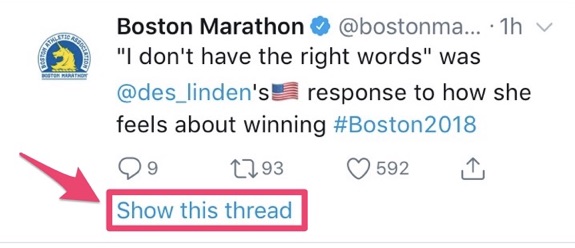Misinformation is spreading like wildfire.
On Twitter, it’s no different.
Numerous spam accounts and bots plague Twitter. They share false and misleading information, which has negatively impacted user experience.
The network is now working to correct some of these problems, but only time will tell with how the network will fare.
But if new 2018 data is accurate, then the future looks dim.
Researchers at MIT recently released a comprehensive study about “the spread of true and false news online,” which examined over a decade’s worth of data.
They discovered that misinformation reached 1,500 people six times faster than valid information.
This has marketers asking the question, “How do we counteract that?”
Some are even wondering, “Is Twitter worth using?”
To effectively use Twitter and see a return on your efforts, you need to understand how to best use the network for your long-term gain.
Twitter is much different now than it was when it first debuted in 2006. It is important for marketers to understand the network’s evolution as well as its current user ecosystem.
Despite these new revelations and the current state of misinformation, I’m going to show you how to get the most out of your Twitter marketing strategy in 2018.
But before deploying your 2018 strategy, you need to understand how Twitter has changed in recent months, so you don’t make the same mistakes you’ve likely made in the past.
How understanding Twitter’s current state can strengthen your business’s marketing strategy
I’m going to guess that Twitter plays some sort of role in your marketing strategy.
A recent study asked respondents, “Which social media platforms do you use to market your business?”
Not surprisingly, Twitter emerged as one of the top platforms.
But should it be?
Lately, Twitter has had its fair share of problems.
To start, there are bots.
A Twitter bot is “a software program that sends out automated posts on Twitter.”
Often, these automated posts are tweets. Other times, the bots will automatically respond to user messages that include specific phrases.
But is this really a problem? It certainly can be.
Although some bots can be helpful for your business objectives, there has been an influx of bots permeating through Twitter’s user base.
Now, there are a lot of them.
In fact, there are an estimated 48 million bots on Twitter, accounting for 15% of Twitter’s total users.
So how many people are actually on Twitter?
Well, at the time of publication, Twitter had 336 total monthly active users.
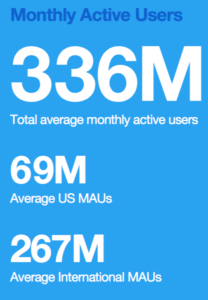
Compared to other social media sites like Facebook, YouTube, and Instagram, Twitter isn’t leading when it comes to monthly active users.
And if 15% of these users are actually bots, then that decreases the potential number of people you can market to even further.
Bots have started to impact Twitter’s user experience negatively, too.
Bots recently came under scrutiny for playing a part in spreading misinformation in the 2016 election.
Those who create bots can also program them to share spam.
A study from the Pew Research Center found that bots shared links directing traffic to sites across a variety of industries.
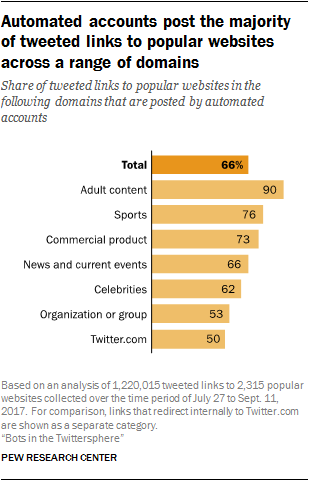
They also found that “an estimated two-thirds of tweeted links to popular sites are posted by automated accounts – not human beings.”
How’s that for making your brand feel more “human?”
While Twitter is cracking down on bots, many are skeptical that this will help with the increase of misinformation plaguing the platform.
After all, bots aren’t the only reason for a poor Twitter user experience.
In the MIT study I mentioned earlier, they found that humans are more susceptible to spreading fake news than bots.
Twitter might be able to lower the influence of bots, but trying to prevent real people from spreading false information is much harder.
In another recent study, 51% of respondents felt that “the information environment will not be improved by changes designed to reduce the spread of lies and other misinformation online.”
So with the influx of bots, spread of misinformation, and stifled user growth, how should marketers approach their Twitter strategy?
Your strategy needs to evolve with the platform and take advantage of Twitter’s strengths while keeping in mind its weaknesses.
Here are five ways to tailor your Twitter strategy for results in 2018.
Use Twitter for quick, direct customer service interactions and resolutions
We’ve all been there.
You need a piece of information that you can’t find on a business’ website and don’t really want to call them.
“Oh, I’ll just tweet at them, because they’ll probably reply,” you think to yourself.
This is more common than you probably think.
Investing time and resources in your Twitter customer service strategy is important for the long-term growth of your business.
Sometimes, your customers need a bit of TLC. And this is where Twitter can shine.
In fact, 85% of Twitter users said that it’s important that businesses provide customer support on Twitter.
By being responsive on Twitter, you add a level of transparency to your business’ brand. Your business will seem more helpful and approachable.
And, Dove proves it.
In 2017, Dove focused on responding to more tweets which, in turn, resulted in an increase in positive sentiment from customers.
Dove’s net positive sentiment was 41% in the last three months of 2016, and three months later, that sentiment score rose to 43%.
That’s a lot to gain with minimal effort.
You may be wondering, “But how do you provide optimal service through Twitter?”
It’s different for each company, but there are some specific strategies to maximize your responses.
Most companies direct public inquiries to their DMs if any sensitive information needs to be transferred.
And, now since Twitter’s launch of the new Direct Message features, we’re seeing brands build a more personalized, one-on-one experiences for customers.
Like Patrón Tequila.
Patrón built the “Bot-Tender” — a chatbot “bartender” — that uses Patrón’s Direct Messages that serves up cocktail recommendations based on the consumer’s preferences.
The “Bot-Tender” resulted in 39% of click-through rate to the website and 2.6% click-through rate using the direct message card.
In some instances, it might even make sense to gather additional information about your customers to better manage the issue. This could help you:
In some instances, you can even set up a chatbot to accept orders with a hashtag.
For example, Wingstop uses a bot to accept orders from people who Tweet ‘@Wingstop #Order’:
Now, that’s an example of optimal customer experience that doesn’t rely on a wing and a prayer.
Also, depending on the size of their business or the number of customer inquiries a company receives, some even have specific accounts solely focused on helping customers.
For example, LinkedIn owns both the handles @LinkedIn and @LinkedInHelp.
Both channels exist for different objectives. @LinkedIn provides general updates, company news and announcements of features, while @LinkedInHelp focuses on customer support.
Both accounts are valuable for LinkedIn’s overarching Twitter strategy.
Private messages have become a popular way to resolve issues, so the platform has included a feature that enables you to include a “Send a private message” link on a tweet.
To do so, make sure your account is accepting direct messages from anyone. Begin by accessing your Settings tab.
Click the “Privacy and Safety” tab on the left side.
Check the box to “Receive Direct Messages from Anyone.”
Find your TwitterID using TweeterID and add it to the end of this link in place of YourTwitterID:
Now, you can add that URL with your own TwitterID inserted into any tweet, and the “Send a private message” button will appear directing your customers into a private conversation.
Focus on sharing video content for higher engagement with your followers
Sharing video content on Twitter isn’t exactly new.
But over the past few years, Twitter has continuously worked to evolve how your video can be shared and the impact it can generate. (They’re even teasing a Snapchat sharing tool!)
The result? Users are eating it up.
Will you deliver?
If you don’t, it’ll be costly. The stats don’t lie; video views on Twitter have grown 220x what they were 12 months ago.
But can video cut through the clutter of misinformation on the platform?
Well compared to other forms of content, the answer is yes.
Buffer tested different post types across platforms and found a worthwhile revelation about to Twitter video reach.
Upon evaluating 200+ posts, Buffer found that Twitter video performs the best in terms of reach compared to posts with links, images, and GIFs.
And video on Twitter outperforms Facebook video reach by nearly 38%.
But how can you be sure the video is factual?
Well, there hasn’t been a full solution introduced yet, but to provide more transparency, Twitter is adding a view count to the corner of each video.
While not a major fix, it will still provide users with an understanding of how many have watched and how far it spread. This can help viewers assess the validity of the source.
But what constitutes as a view?
According to AdAge, “Twitter is holding to Media Rating Council standards […] —one view equals 2 seconds of play time with at least 50% of the video on the screen.”
There’s a lot of video content on Twitter. Here’s how to make sure what you produce will be worthwhile:
- Keep it short. Twitter users are used to quick, succinct thoughts, and your videos should do the same. Research shows that 45 seconds or less is an optimal length.
- Use “content pillars.” Consider what message you are trying to convey and how the video fills that “bucket.” Two example of pillars would be education or inspiration.
- Hook them early. Consider the first 1-4 seconds users will see as they scroll through their timeline. Make sure it pops (often through shock or awe) and lures them in.
Like UK retail brand, Boden. They created short 30-second video cuts to showcase their influencer’s unique story on Twitter.
We’re on a mission to reclaim what mum style REALLY means. Click here to meet the mums behind the campaign › https://t.co/OyTHPAbiet pic.twitter.com/0sGpJ1Bii4
— Boden (@Bodenclothing) October 2, 2017
Meet @AmandaOwen8, shepherdess, author, mum of nine and next in our series celebrating what mum style really means › https://t.co/yV0giuhNIK pic.twitter.com/PfoMLZP1mF
— Boden (@Bodenclothing) October 17, 2017
Just look at how Airbnb uses Periscope 360 to immerse viewers in a live video house tour on Twitter.
Live on #Periscope360: a house tour of an amazing Airbnb in Kauai. Move your phone to look around. https://t.co/b47KHblfhV
— Airbnb (@Airbnb) January 7, 2017
Drift did that with their explainer videos on Twitter. They feature a team member to capture audience’s attention and making the video feel more approachable.
Meet Drift Email. Finally a tool that connects your outbound prospecting to your website. 👉 https://t.co/jIzaK3DbTP pic.twitter.com/240bygZVHz
— Drift (@Drift) October 3, 2017
And if you decide to use video content in the form of an ad, Twitter introduced Video Website Card a few months ago to help make your video ads more effective.
Twitter Video Website Card ads get results, too. They have a 2x higher click-through rate and “an average 60% increase in user retention” when compared to standard video ads.
Below is a comparison between a standard mobile ad on Twitter and one using the new video website card option. This is a standard mobile ad HP Business promoted:
You can see that the video looks like a normal post. Upon clicking the video, it opens up in full-screen with the tweet copy underneath it.
Now, look at Credit Karma’s ad using the new video card feature.
The promoted post includes a “tag” at the bottom of the video with a header and the website. And when the user clicks on the video to play full-screen, they get a new experience.
The video shifts up, and a web or landing page appears. The video will continue playing, allowing the user to interact with content on the page.
Network with influencers, leads, and potential partners to forge connections
Twitter is still a place for brands and users alike to reach influencers, celebrities, journalists, and thought-leaders directly.
But only if you can find who you are looking for.
In 2018, this has become a bit more challenging for two reasons: bots and the confusion surrounding verified accounts.
How to spot the bots
Let’s face it: your follower count is a vanity metric these days. Through the use of bots, you can add thousands of fake followers to your account.
President Trump and a countless number of other celebrities were even accused of using bots.
If actual celebrities use these bots to amplify their influence, couldn’t ordinary people as well? The answer is yes.
A study exposed what was referred to as “the Star Wars botnet, which contains more than 350k bots that are centrally controlled by the same botmaster.”
Even worse, there is a whole industry behind the buying and selling of fake followers.
So where to go from here?
Well, there is TwitterAudit, a free service that allows you to input any Twitter handle. The tool will share a quality score and whether or not they see the account as real or fake.
You should also pay close attention to the frequency of tweets on certain accounts.
The team at BuzzFeed News did an analysis of its own human editors’ Twitter data and the data of several bot-like accounts.
According to the Digital Forensics Research Lab (DFRL), tweeting 72 times a day is suspicious, and more than 144 tweets per day seems very suspicious.
The BuzzFeed News team discovered one bot was hitting 584 tweets in one day.
While their editor’s tweets looked more like this:
Twitter bots are created to influence user behavior and perception. It’s important your brand is authentic, trustworthy, and human when engaging with users on Twitter.
Verified? The rise and fall of the blue checkmark
Originally, Twitter would add a blue checkmark to verify your account as a response to numerous impersonation attempts. Here is an example:
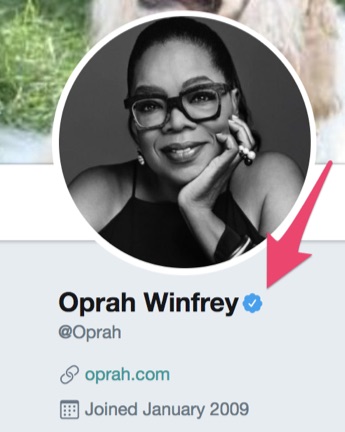
Twitter’s help page states that the badge is there to ensure the “account of public interest is authentic.”
Simple, right?
This is still the case, but the process is more open and now under scrutiny. In 2016, they announced an application process. In 2017, they suspended verification altogether.
Verification was meant to authenticate identity & voice but it is interpreted as an endorsement or an indicator of importance. We recognize that we have created this confusion and need to resolve it. We have paused all general verifications while we work and will report back soon
— Twitter Support (@TwitterSupport) November 9, 2017
With an application process, there still is much work to be done to ensure that the wrong accounts don’t get verified.
Twitter continues to monitor verified accounts, but not at a quick enough rate.
But what is incredibly important here is that the meaning of the blue checkmark is changing.
Twitter even teased that they want an open verification process, which could help combat misinformation on the platform.
If accounts — not just influencers and celebrities — were verified, you could be more confident that the information you were reading was from a person, rather than a bot.
Expand your network
Now that you’re able to evaluate the validity of your potential partners, all you need to do to find them. The best place to start is with Twitter’s Advanced Search.
To begin, start at https://twitter.com/search-advanced. You should arrive at a page that looks like this:
There are a few Advanced Search Strategies I’d like for you to consider when looking for partners or influencers. Let’s take a look at each category:
- Words. Notice the difference between “all” and “any” of these words and use it to your advantage. “All” will limit the search, while “any” casts a wider net.
- People. If you know who you are looking for but need to source a specific tweet from them, you can enter their account and the keyword you are looking for.
- Places. This can be useful if your business is local, and you wanted to get a pulse on what people are saying about your product or industry in a specific city or community.
- Dates. This helps you narrow the search if you want to perform social listening in a certain span of time. This is great for events or seasonal products/companies.
The results automatically default to Twitter’s “Top” option, but if you’re searching for a current pulse on a topic or looking to make connections, consider clicking the “Latest” or “People” option.
Share updates and business information with your audience in real-time
Twitter has always been a viable platform to share breaking news stories.
And even with the influx of misinformation, it still is. Why?
Abhinav Sharma, a Product Designer at Quora, attributes it to the following factors:
- A critical mass of active users that can contribute content.
- Low barrier-to-entry (you can very easily send a tweet and participate).
- Retweets are streamlined and an easy way to share content.
- Stories are succinct and easy-to-comprehend with the character limit.
- Twitter supports popular, breaking stories with “trending topics.”
Twitter’s May 2017 update showcases the popularity of each tweet in real time, providing another transparent metric to help users evaluate the validity of the Tweet.
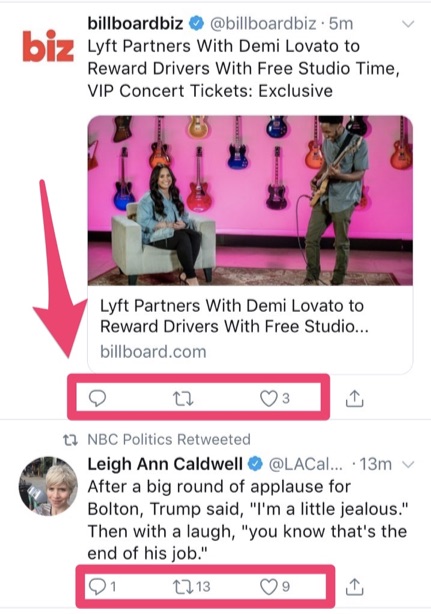
In other words, the replies, retweets, and likes will no longer be static; you’ll see them increasing in real time.
You can also share more (280 characters to be exact) in a single tweet than ever before.
In a recent study, Twitter discovered that 9% accounts were hitting the maximum with 140 character tweets, while only 1% were hitting the limit with 280 characters.
But should you pack all those characters into a single tweet?
Research says yes.
Social Media Today reports that longer tweets actually lead to increased levels of engagement from your followers.
Now you can tell your story, share your updates, and still provide engaging content.
And if an expanded character count wasn’t enough for you, Twitter recently released a thread feature to allow for a longer narrative and more in-depth story.
Threads are useful for events with a series of updates, a how-to with a series of steps, an interview with multiple questions, and a wide variety of other scenarios.
These new features will equip your brand to present valid and engaging information to your users in Twitter’s current ecosystem.
Conclusion
Let’s face it.
Twitter has had a rough few months.
Slowed growth. Bots. Fake news.
It seems everyone is the first to criticize the network.
As a marketer, you might be wondering, “Does it still play an integral of a role in my marketing strategy as it once did?”
Our answer: yes…but only if you know how to use it correctly and exploit the network’s key strengths.
By understanding Twitter’s strengths (and weaknesses), you can still use the network to drive long-term growth for your business.
After all, your customers are still on there. You should be too.
Twitter serves as a powerful medium to provide real-time updates and immediate customer service resolutions for your customers.
They are seeking direct and transparent information, which you can easily provide on Twitter.
They type of content you share can also affect your success. Video has emerged as a leading form of content on Twitter, and consumers are eating it up.
And remember, your customers aren’t the only ones on Twitter either.
Brands are using the platform to source leads, find partners, and network with influencers like never before.
The network has evolved, too.
With the right plan in place, you can make your Twitter marketing strategy an impactful part of your business’ marketing strategy.
What tactics will you use to evolve your Twitter strategy in 2018?
About the Author: Neil Patel is the cofounder of Neil Patel Digital.
